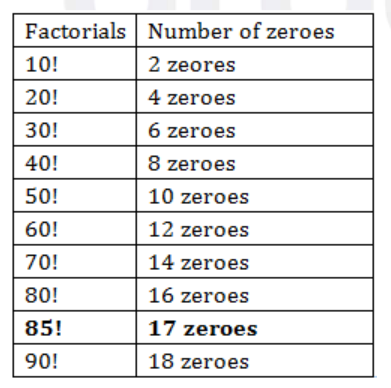 Multiple Choice Questions
Multiple Choice QuestionsThe interior angles of a polygon of n sides are in AP. The smallest angle is 120° and the common difference is 5°. What is the largest interior angle of the polygon ?
160 only
195 only
either 160 or 195
neither 160 nor 195
then which one of the following is correct ?
ln(y) is the GM of ln(x), ln(x), ln(x) and ln(z)
ln(y) is the AM of ln(x), ln(x), ln(x) and ln(z)
ln(y) is the GM of ln(x), ln(x), ln(x) and ln(z)
ln(y) is the AM of ln(x), ln(x), ln(z) and ln(z)
If 3rd, 8th and 13th terms of a GP are p, q and r respectively, then which one of the following is correct ?
q2 = pr
r2 = pq
pqr = 1
2q = p + r
Let Sn be the sum of the first n terms of an AP. If S2n = 3n + 14n2, then what is the common difference ?
5
6
7
9
Let a, b, c be in AP and k ≠ 0 be a real number. Which of the following are correct ?
1) ka, kb, kc are in AP
2) k –a, k -b, k –c are in AP
3) are in AP
Select the correct answer using the code given below :
1 and 2 only
2 and 3 only
1 and 3 only
1, 2 and 3
If n! has 17 zeros, then what is the value of n ?
95
85
80
No such value of n exists
B.
85
If n! has 17 zeros, then we have to find the value of n
For the occurance of zero in the result of any multiplication it should be that there is either a multiple of 10 or the multiplication of (2 X 5).
For ex: 10! = 10 x 9 x 8 x 7 x 6 x 5 x 4 x 3 x 2 x 1 (the result will surely consist two zeroes)
In the same ways : 20! Will consist four zeroes.

Hence, Option B is correct
